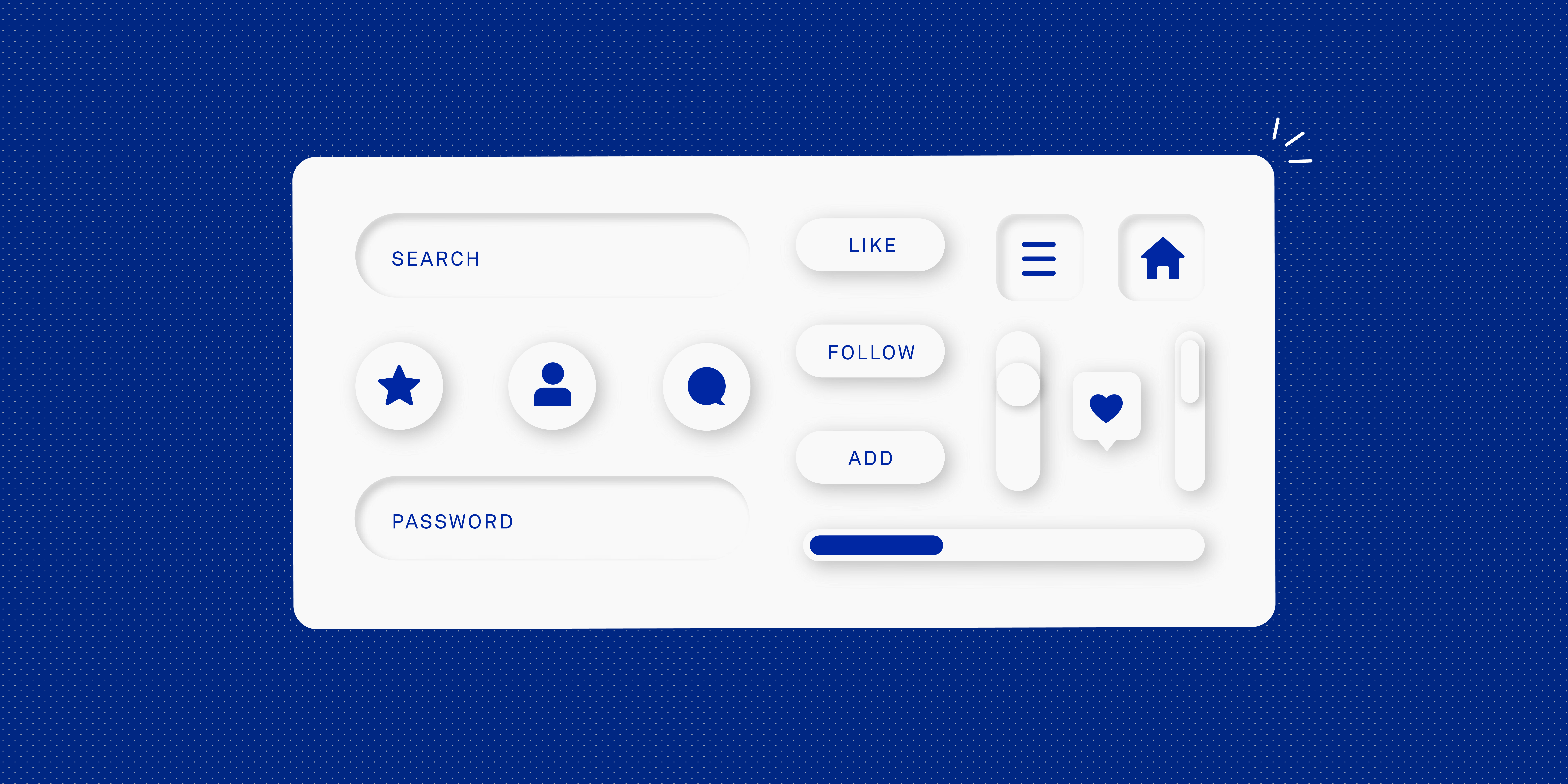User feedback is essential for monitoring the health of your product and keeping track of your end users’ needs. And, while most product designers know how to collect feedback, acting on it can be tricky.
How do you know which feedback to prioritise? When and how often should you analyse feedback? How can you incorporate user feedback into your product design process effectively and seamlessly?
You’ve got questions, and this guide will answer them. Keep reading to learn:
- What is user feedback and why does it matter for product design?
- How to gather user feedback (proactive vs. reactive methods)
- How to incorporate user feedback in product design: 6 steps & best practices
- Leveraging user feedback for better product design: the takeaway
First things first: a note on user feedback and why it’s so important.
What is user feedback and why does it matter for product design?
User feedback is, quite simply, feedback shared by people who use your product. It comprises suggestions, reviews, thoughts, opinions, and complaints—any insights your users or customers choose to share about their experience.
User feedback is incredibly valuable because it comes from the people who matter most: your end users. It provides insight into how the product can be fixed or improved, what additional features could be added, and how satisfactory the user experience is overall.
Ultimately, feedback helps you to meet the needs and expectations of your target audience. This is essential for designing a successful, competitive product. Otherwise, you’re essentially designing based on your own assumptions and guesswork—a recipe for bad UX.
That’s feedback in a nutshell. Now let’s consider how you can gather user feedback to inform the product design process.
How to gather user feedback (proactive vs. reactive methods)
There are two approaches to collecting user feedback: proactive and reactive.
Proactive user feedback
This relates to the feedback you actively seek out from your users. It’s the equivalent of approaching a customer in a shop and asking them to rate their shopping experience.
You can gather user feedback proactively through:
- User surveys and questionnaires
- User interviews
- Website widgets and pop-ups
- In-app feedback forms, feedback buttons, and app rating pop-ups
- Emails
Reactive user feedback
Reactive user feedback comes from the user unprompted. It’s the equivalent of an unhappy shopper seeking out a store manager to complain about something. However, reactive feedback isn’t necessarily negative—the user may also leave a glowing review, unprompted, after an especially positive experience.
Reactive user feedback is usually provided via:
- Google reviews
- Social media reviews, mentions, and comments
- Customer support tickets and/or complaints
With all of these methods and channels combined, product designers have the opportunity to collect user feedback in abundance. In fact, gathering user feedback is often the easy part. The real challenge lies in leveraging that feedback in your product design process.
So: How do you effectively incorporate user feedback in product design? Let’s take a look.
How to incorporate user feedback in product design: 6 steps & best practices
In this section, we’ll outline actionable steps and best practices you can follow to gather, analyse, and act upon user feedback. Here they are at a glance:
- Gather user feedback on an ongoing basis
- Use multiple feedback channels—but store user feedback in a single, centralised location
- Build feedback mining and analysis into the product design process
- Establish a solid prioritisation system
- Turn valuable feedback into actionable insights
- Leverage user feedback tools
And now in more detail.
1. Gather user feedback on an ongoing basis
Unlike user research which you conduct periodically at specific moments in the product design process, you can collect feedback continuously.
If you’ve got a digital product such as a website or app, build feedback into the product itself—for example, by integrating feedback widgets and pop-ups.
You can also set up automated email flows that ask users to rate their experience or provide feedback at key moments in time. For example, once a customer has been using your software for a month, you might send them an email asking them how they’re enjoying it so far.
2. Use multiple feedback channels—but store user feedback in a single, centralised location
Earlier in this post, we outlined several different methods for collecting user feedback: user surveys, interviews, widgets and pop-ups, Google reviews, social media, and customer feedback forms.
It’s great to cast your net wide and use multiple feedback channels—this will increase your chances of gathering useful feedback and engaging with your users at different points in their journey.
But, no matter how many different channels you use, aim to store and organise your feedback in a single, centralised location. This will streamline the process of analysing feedback, keeping it readily accessible in one place.
You can set up your own feedback repository or use dedicated tools such as Productboard or Canny.
3. Build feedback mining and analysis into the product design process
You’re collecting feedback from multiple channels and storing it in a central location. Now, to leverage that feedback, you need to analyse it regularly and/or at key moments in the product design process.
So when should you analyse feedback, and how often? That all depends on the type of product and how you approach the product design process. But, as a general rule:
- Have a system in place that enables you to react quickly to urgent feedback. If multiple users are reporting an issue that severely impacts the user experience, you want to take action as quickly as possible.
- If you follow an iterative approach to product design and development (for example, the lean UX model which incorporates feedback into each design cycle), analyse feedback before the next iteration begins.
- If you’ve just launched a new feature or a major redesign, monitor user feedback closely to see how it’s performing and to keep on top of any user experience issues.
Incorporate feedback analysis into the product design process—just as you do with user testing—to make sure it’s guiding the evolution of the product.
4. Establish a solid prioritisation system
You can’t act on every single piece of user feedback, so it’s essential to establish a robust prioritisation system. This helps you determine which feedback is worth implementing and with what urgency.
When prioritising feedback, ask the following questions:
- Does this benefit multiple users?
- Does it align with the product strategy and business goals?
- Will it have a significant and positive impact on the overall user experience?
- Do we have the time and resources to act on this feedback? Is the impact worth the investment?
Define certain criteria the feedback item must meet in order to be considered, and then categorise it as high, medium, or low priority. Make sure all product stakeholders are using the same system—this will help to avoid conflict in terms of what should be worked on first.
5. Turn valuable feedback into actionable insights
Just as you do with user research data, turn your user feedback into concise, actionable insights.
When analysing feedback, you might uncover certain trends or patterns within the data—perhaps multiple users are requesting a particular feature, or you’re noticing the same complaint across your Google reviews.
Consolidate these patterns into a single action item; for example, “Add a feature which allows users to filter by colour” or “Simplify the new user sign-up form.”
Now you can incorporate these action items into your product design process—no need to go back through your entire body of feedback.
6. Leverage user feedback tools
As with every aspect of the UX design process, you can leverage specialist software and tools to gather, organise, analyse, and implement feedback.
Some of the most popular user feedback tools include:
Add a dedicated feedback tool to your stack, or see if any of your existing UX design tools include features for gathering and tracking feedback. The right tools will streamline the process overall and allow you to take advantage of sophisticated analytics.
Incorporating feedback for better product design: the takeaway
User feedback is extremely valuable for product designers. It gives you direct insight into your users’ needs, expectations, and perceptions of your product—without having to conduct time-consuming interviews, focus groups, or usability tests. With an efficient system in place, you can gather user feedback continuously and incorporate it seamlessly into the product design process.
Want to learn more about what it takes to create exceptional products and user experiences?
Check out this guide to the most important UX KPIs (and how to measure them), learn about the desirability, viability, and feasibility diagram and how it informs product decisions here, or discover how to define an effective UX strategy.




![The 10 best prototyping tools for UI/UX designers [2025 Update] 3 UI UX prototyping tools header image](https://www.uxdesigninstitute.com/blog/wp-content/uploads/2025/01/93_UX_Prototyping-tools_Illustration_blog-1.png)
